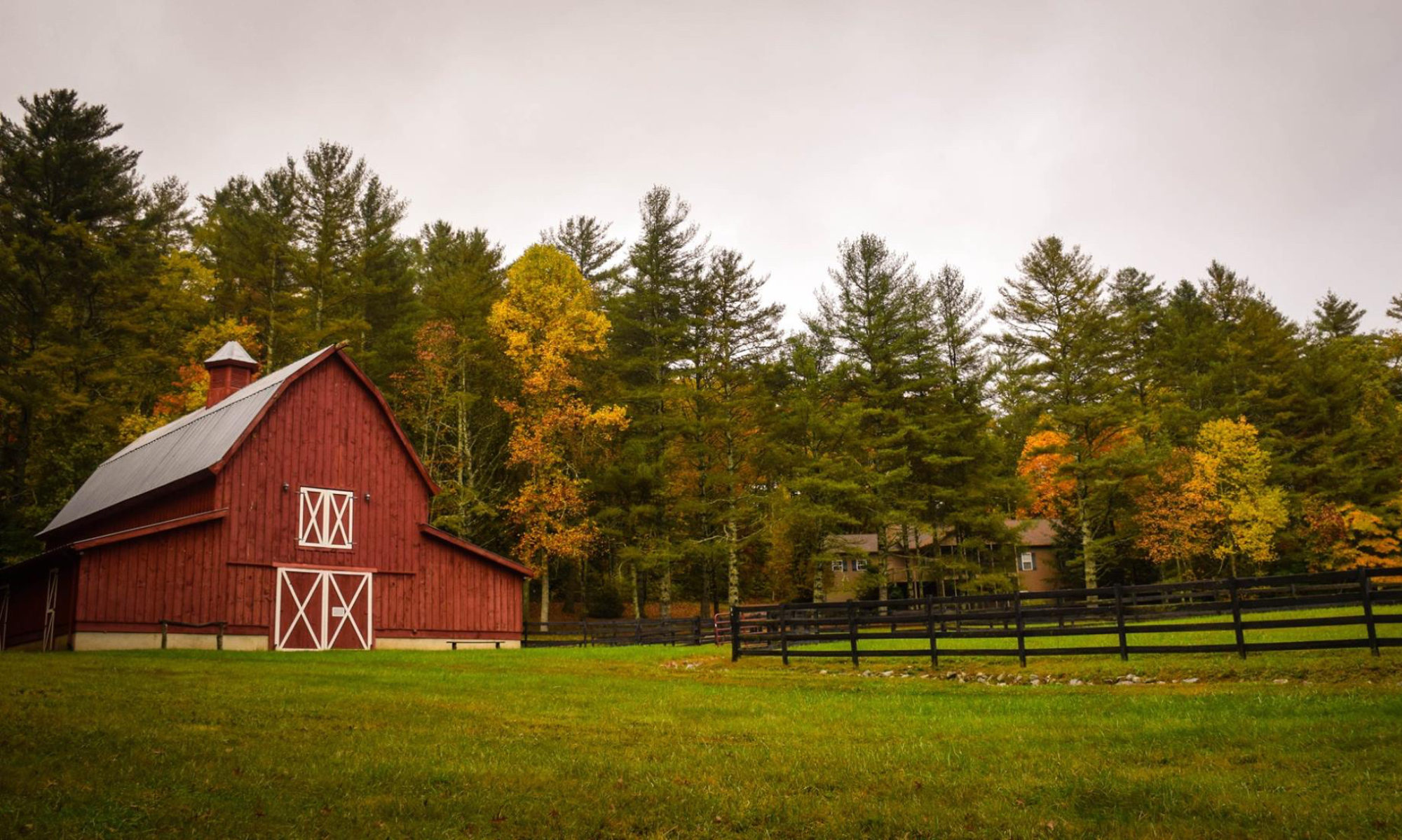Rural Populist: What’s in a name?
Rural: Rural areas are less densely settled and often away from larger cities and towns. The economy of rural areas may be agricultural in character, but they may also be characterized by an economy based on logging, mining, oil and gas exploration, manufacturing, or tourism.
The U.S. Census Bureau defines rural as unincorporated areas as well of towns of less than 2,500 people. Some people are uncomfortable with the 2,500 number, preferring instead to set the limit at a population of 5,000 people.
Populist: In the late 1800s deteriorating conditions in the rural U.S. led many farmers to abandon their land. Simultaneously increased mechanization of agricultural practices and market concentration were making farmers more dependent on banks and big city agricultural firms.
The Populist Movement of the late 1800s grew out of the political and economic dissatisfaction faced by these farmers. In 1890 a coalition of farm organizations helped to elected representatives to both federal and state legislatures as well as a handful of governors. In 1892 the party’s presidential candidate received over one million votes (nearly 10%) and won electoral votes in six states.
Over the course of the next two decades a number of the Populist’s less radical demands ultimately became law. In the early 1900s the Populist Movement by and large collapsed.
The term “populist” has since become a generic term in U.S. politics referring to policies and politicians who seek to appeal to the common person rather than established interests.
Populist themes continue to be a force in modern politics. Jesse Jackson’s 1988 and Jerry Brown’s 1992 campaigns for president were both driven by modern manifestations of the populist movement. More recently Ralph Nader, Dennis Kucinich, and Howard Dean drew on populist themes in their campaigns for president.
